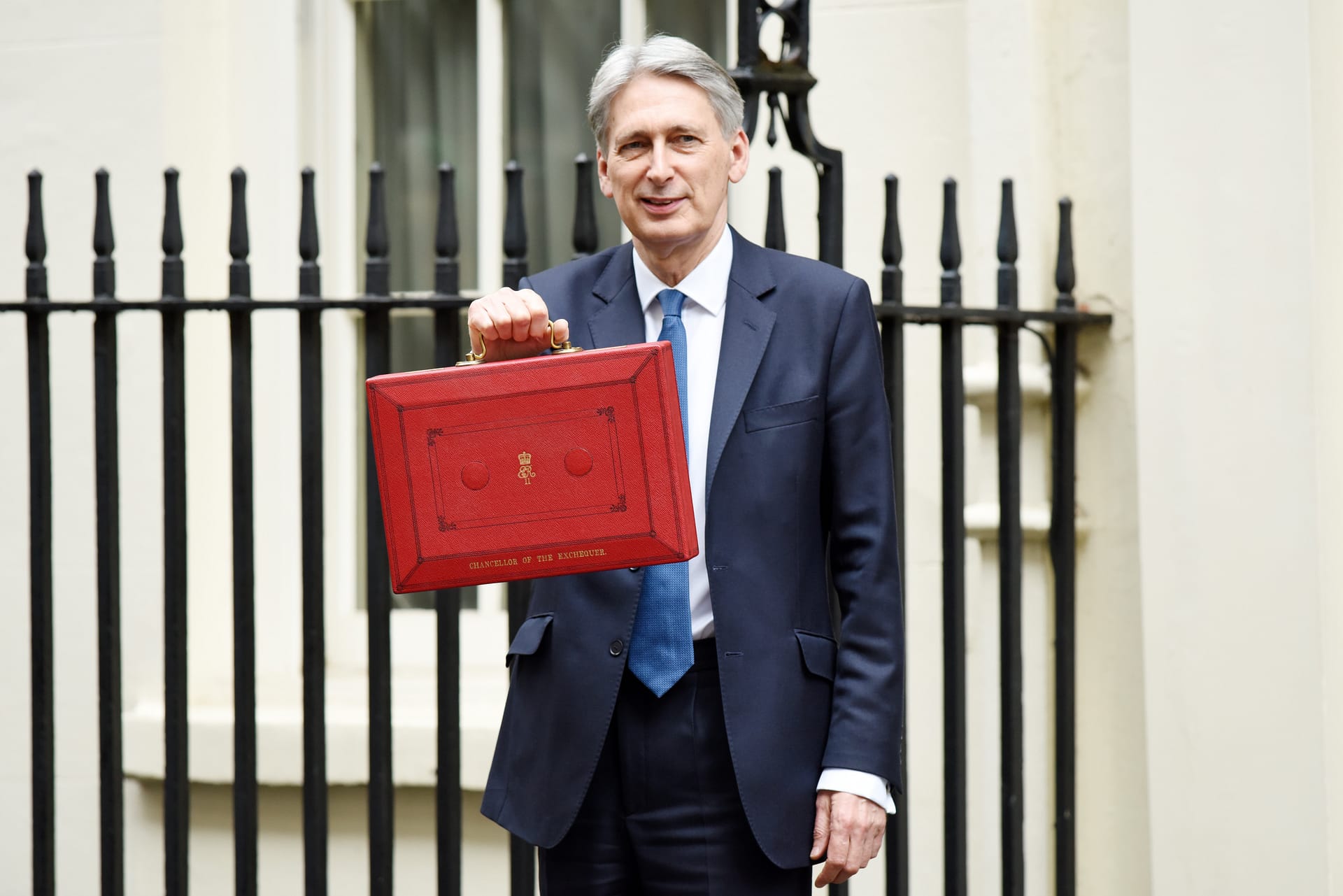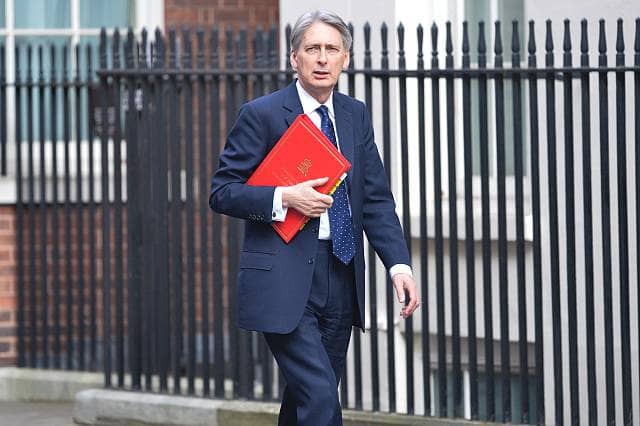New estimates published in HMRC’s Annual Report and Accounts for 2022-23 reveal that the overall level of error and fraud in Research and Development (R&D) Tax Reliefs for 2020-21 was 16.7% (£1.13bn).
This is significantly higher than the previously published estimate for the year of 3.6% (£336m).
The Government is clear that this level of non-compliance is unacceptable, and also published their compliance approach to the R&D reliefs, which sets out the scale of non-compliance in the R&D tax relief schemes, the action taken by the Government to date, and the department’s compliance approach to R&D.
Justin Arnesen, Partner in the R&D Tax team at Evelyn Partners added, “R&D tax reliefs are instrumental in encouraging businesses to invest in R&D, which brings broader benefits to the UK economy in the form of developing new products and creating jobs. However, this latest update from HMRC highlights the size of the problem that HMRC is tackling in its attempts to combat fraud and error within the system. Concern over abuse and boundary-pushing has grown in recent years, and HMRC has introduced a number of measures, including more than doubling the number of people working on R&D compliance and setting up a dedicated R&D Anti-Abuse Unit, to crack-down on unscrupulous advisers and fraudulent and erroneous claims for R&D tax reliefs.
“Improved guidance is part of the wider plan to reduce error and fraud within the R&D regimes, and HMRC has committed to making further improvements as part of its plan. To have an impact, however, considerable changes are required, particularly to guidance around ‘modern/relatable examples’ of both qualifying and non-qualifying activities. This is important as technology is moving at an unprecedented pace – the R&D Guidelines have a qualification example pertaining to the development of a DVD player, for example, this technology is obsolete and provides little relatable guidance/reference points for taxpayers. Guidance improvements will need to be accompanied by plans to bring HMRC caseworkers up to speed on both the new guidance and the technical qualification criteria.
“To tackle this worrying problem, a range of additional changes have been introduced. These range from requiring additional information from the claimant and requiring claims to be made digitally, to reducing the amount of payable relief in the SME scheme. Some of these changes are already in place and others come into effect from August 2023. Even though HMRC will share a further update on its approach to improving compliance with R&D tax reliefs in winter 2023, given the 2 year time lag on the estimates, we may not know for some time whether these measures have had a meaningful impact. It may be that additional measures, such as requiring additional information directly from advisers, or an annual adviser audit, will need to be considered.”






Leave a Comment